The Ultimate Guide to Choosing Energy Efficient Residential Front Doors for Your Home
When it comes to enhancing the energy efficiency of your home, choosing the right residential front doors plays a pivotal role. “The door is not just an entry point; it's a barrier that can either attract heat in or keep it out,” says David Smith, an expert in residential door design. With increasing energy costs and a growing awareness of environmental impact, homeowners are seeking to maximize insulation while maintaining aesthetics and security.

In this ultimate guide, we delve into the top 5 energy-efficient residential front doors that not only provide superior thermal performance but also complement the overall design of your home. Each door option we review is selected based on stringent criteria, including material, design, and energy ratings, ensuring that you make an informed decision that aligns with your sustainability goals. By investing in high-quality residential front doors, you can significantly reduce your energy consumption and enhance the comfort of your living space while making a stylish statement.
Benefits of Energy Efficient Front Doors: Cost Savings and Improved Comfort
When considering energy efficient front doors, one of the primary benefits is the potential for significant cost savings on energy bills. These doors are designed to minimize heat transfer, which helps to maintain a consistent indoor temperature throughout the year. By reducing demand on heating and cooling systems, homeowners can see a noticeable decrease in their monthly energy expenses. Additionally, many energy efficient doors qualify for tax credits and rebates, further enhancing their financial appeal.
Improved comfort is another key advantage of upgrading to an energy efficient front door. These doors often come with enhanced insulation properties, reducing drafts and cold spots near entryways. This not only creates a more pleasant living environment but also protects against temperature fluctuations that can disrupt daily life.
**Tips:** When choosing your front door, consider models with a high Energy Star rating or those made from materials like fiberglass or steel, which offer superior insulation. Furthermore, ensure proper installation to maximize energy efficiency, as gaps can negate the benefits of an energy efficient door. Finally, look into additional features, such as double or triple glazing, to further enhance thermal performance and comfort.
Understanding Door Materials: Comparing Wood, Fiberglass, and Steel Options
When selecting an energy-efficient front door for your home, understanding the material options is crucial. Wood, fiberglass, and steel each offer unique advantages and disadvantages. Wood doors are known for their natural aesthetic appeal and can provide good insulation if properly maintained. However, they are susceptible to warping and require regular upkeep to guard against moisture and insect damage. Their energy efficiency largely depends on the thickness of the wood and the type of insulation used within.
Fiberglass doors, on the other hand, have gained popularity for their durability and low maintenance needs. They are resistant to dents, scratches, and weather-related damage, making them an excellent choice for homeowners seeking longevity. Additionally, fiberglass can replicate the look of wood while offering superior insulation properties. Steel doors, while often overlooked, are another energy-efficient option. They are incredibly sturdy and provide excellent security. When properly insulated, steel doors can effectively minimize thermal transfer, although they may require periodic painting to prevent rust. Each material has its strengths, and choosing the right one will depend on factors such as climate, desired aesthetics, and budget considerations.
Energy Ratings Explained: How to Read the Energy Performance Ratings on Doors
When selecting energy-efficient residential front doors, understanding energy performance ratings is crucial. These ratings, often depicted on a label, provide valuable insights into a door’s thermal performance and overall efficiency. The National Fenestration Rating Council (NFRC) provides standardized energy ratings, which include the U-factor, solar heat gain coefficient (SHGC), and air leakage ratings. For instance, a lower U-factor indicates better insulation properties, with top-rated doors achieving U-factors as low as 0.15. This means they retain heat in winter and keep interiors cool during summer, contributing to lower energy bills.
**Tips:** When assessing energy performance ratings, focus on the U-factor and SHGC. If you live in a colder climate, prioritize doors with a low U-factor. Conversely, if sun exposure is high, opt for a door with a lower SHGC to minimize unwanted heat gain.
Moreover, look for doors that are ENERGY STAR® certified. According to ENERGY STAR, homes with these doors can save an average of 12-25% on energy costs annually. This certification not only helps in making a sustainable choice but also ensures a higher resale value for your property.
**Tips:** While energy performance is vital, also consider the door's material. Fiberglass and insulated steel doors often outperform traditional wooden doors in energy efficiency, making them a smarter long-term investment for any homeowner.
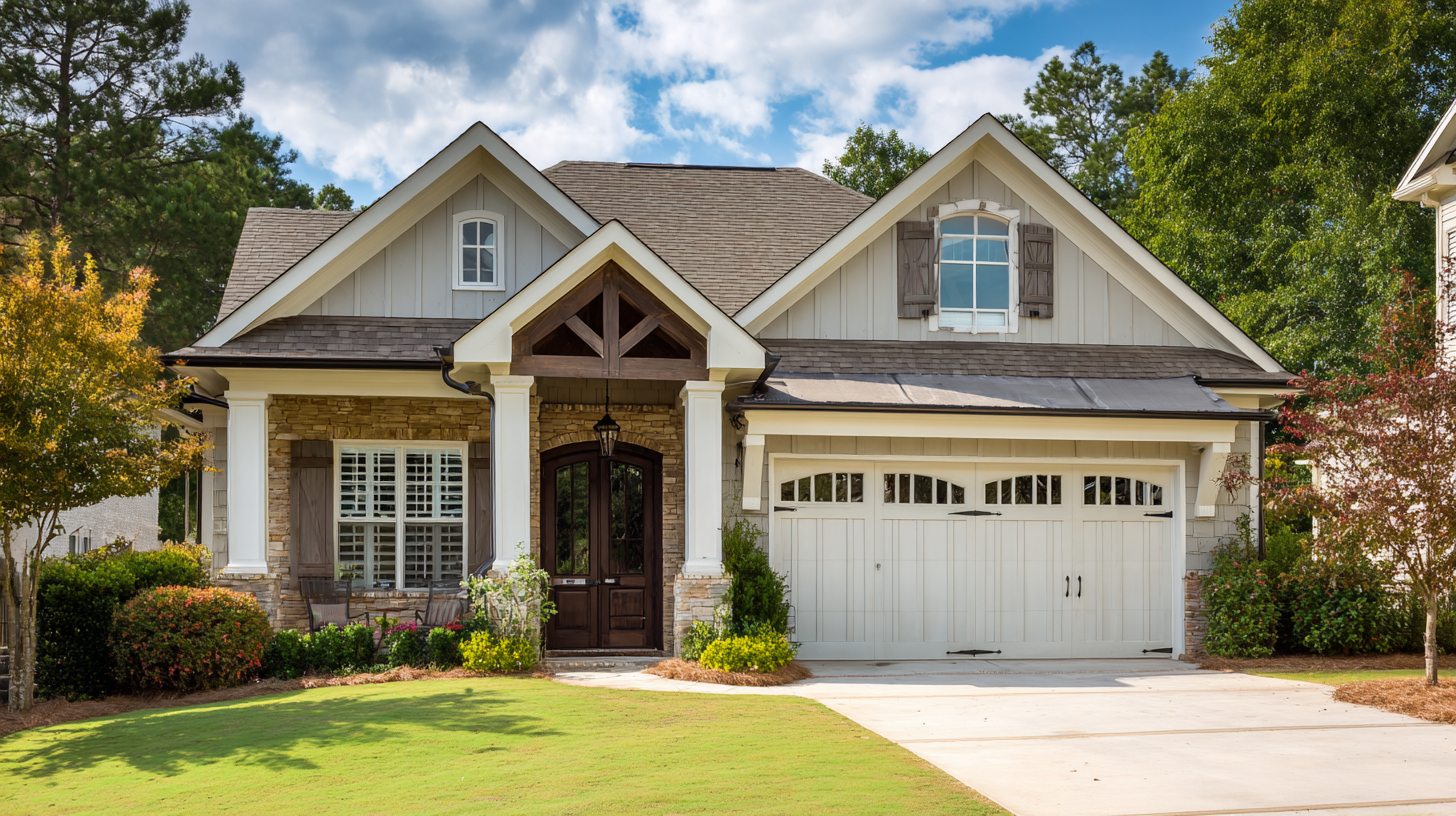
Top Features to Look For: Insulation, Weatherstripping, and Glazing Options
When selecting energy-efficient residential front doors, one of the primary features to consider is insulation. A door with high-quality insulation significantly reduces heat transfer, helping maintain a consistent indoor temperature. Look for doors made from materials such as fiberglass or insulated steel, which provide superior thermal performance compared to traditional wooden doors. Additionally, pay attention to the door's Thermal Resistance (R-value); a higher R-value indicates better insulation properties, making your home more energy-efficient.
Another important aspect is weatherstripping. Effective weatherstripping prevents drafts, ensuring that your home remains comfortable throughout the year. Look for doors that feature durable, high-performance weatherstripping materials like EPDM or silicone, which offer long-lasting protection against air leaks. Properly installed weatherstripping not only enhances energy efficiency but also contributes to the overall durability of the front door.
Lastly, glazing options play a crucial role in energy efficiency, particularly for doors with glass panels. Double or triple-pane glass with low-emissivity (Low-E) coatings can minimize heat transfer while allowing natural light to enter your home. These advanced glazing techniques help keep your indoor environment stable and reduce the need for heating and cooling, further contributing to your home's energy efficiency. When selecting a front door, be sure to consider these key features to make an informed choice that benefits your home and the environment.
Installation Tips for Maximizing Energy Efficiency in Your Front Door Choice
When selecting an energy-efficient front door for your home, proper installation is crucial to maximize its benefits. Start by ensuring that the door frame is square and level, as any misalignment can lead to gaps that allow air leakage. Utilizing weatherstripping is essential; it seals the edges of the door and prevents drafts, enhancing the overall insulation of your home. Consider adjustable thresholds as well, which can further accommodate any unevenness in the flooring and provide a tighter seal against outdoor elements.
Additionally, the choice of screws and tools used during installation plays a vital role in maintaining the door's integrity. Opt for longer screws that penetrate the framing for added strength, and utilize a high-quality sealant around the perimeter of the door to guard against moisture infiltration. Finally, allow the door to acclimate to the home's climate before installation; this will help prevent warping and ensure a snug fit. By following these installation tips, you can ensure that your energy-efficient front door performs optimally, contributing to a more comfortable and sustainable home environment.
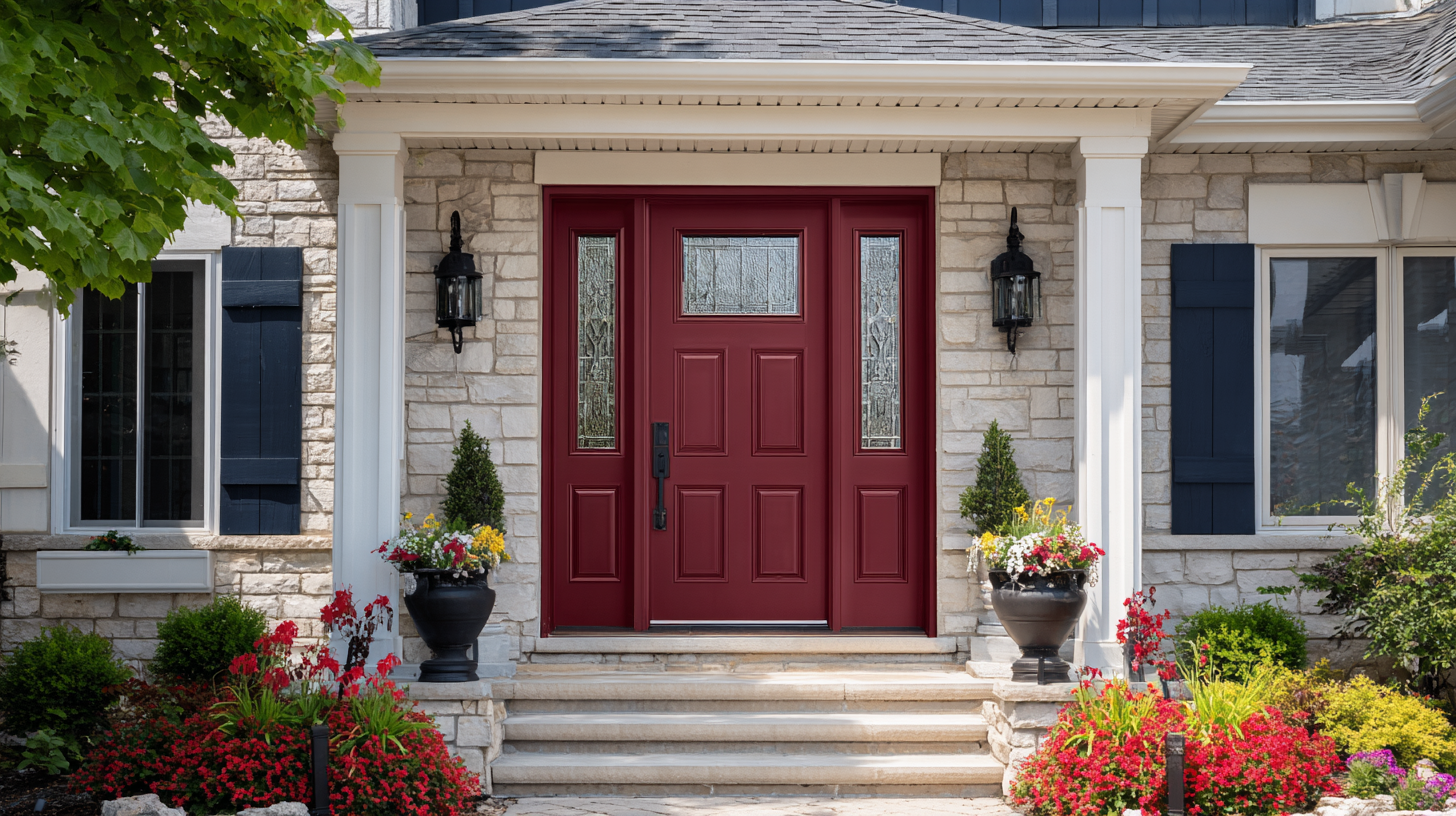
Related Posts
-
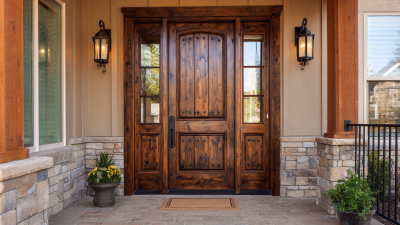
Exploring the Impact of Energy Efficient Residential Front Doors on Home Value and Comfort
-

Transform Your Home's Curb Appeal with Stunning Residential Front Entry Doors
-
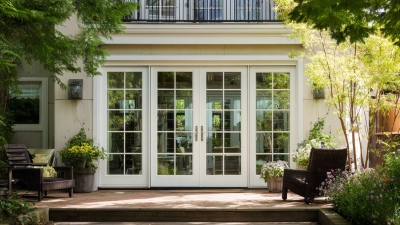
Transform Your Outdoor Space: The Ultimate Guide to Choosing the Perfect Exterior Patio Doors
-

Exploring the Benefits of Energy Efficient Exterior Patio Doors for Your Home
-
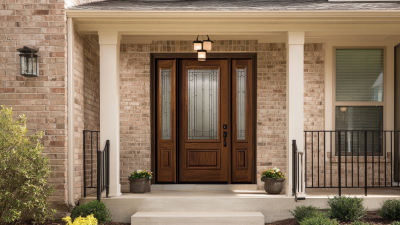
The Ultimate Guide to Choosing Modern Front Entry Doors for Enhanced Home Security and Curb Appeal
-
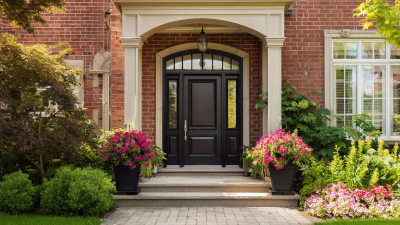
Maximize Curb Appeal: Top Trends in Front Entrance Doors for 2024
